 Construction contracts can be confusing because contractors often use many subcontractors to carry out the terms of the contract. This is why when a dispute arises those involved in construction contracts need the best lawyer possible to untangle contractual provisions especially in the context of payment to subcontractors.
Construction contracts can be confusing because contractors often use many subcontractors to carry out the terms of the contract. This is why when a dispute arises those involved in construction contracts need the best lawyer possible to untangle contractual provisions especially in the context of payment to subcontractors.
The Dryades Young Men’s Christian Association and Ellis Construction, Inc. entered into a contract for a project known as the Dryades YMCA Natatorium and Wellness Center in New Orleans, Louisiana. Ellis then entered into a subcontract with Rotolo Consultants, Inc. (RCI). RCI formed a contract with Tymeless; Tymeless was a subcontractor of the first subcontractor, RCI. After performing the terms of its subcontract, Tymeless invoiced RCI. Although RCI made a partial payment, RCI did not pay Tymeless completely. In its lawsuit, Tymeless claimed that RCI was liable to it for the full amount of the contract, plus interest, attorney’s fees, and costs. In response to Tymeless’ lawsuit, RCI filed a dilatory exception of prematurity, based on the payment provision in its subcontract with Tymeless: “Payments are to be made as follows: 90% of Sub-Contractorís approved invoices or pay request will be paid subject to the conditions following, after payment by the Owner for Sub-Contractor’s work. Retention of 10% will be released upon satisfactory completion of this contract and release of final payment by the Owner.” RCI argued that because of this provision, “unless and until” Ellis paid RCI, RCI could not pay Tymeless the amount Tymeless wanted. The district court in New Orleans found that the contract had a “pay-if-paid clause” and dismissed the lawsuit filed by Tymeless.
On appeal, the issue was whether the provision in the subcontract was a “pay-if-paid” clause or a “pay-when-paid” clause. Most courts now treat pay-when-paid clauses differently than pay-if-paid provisions. A “pay-when-paid” clause creates a window of time in which the general contract has to pay the subcontractor. The general contractor has to pay the subcontractor within a reasonable time, even if the general contractor does not receive payment from the owner. A “pay-when-paid” clause can be interpreted in two ways: setting a condition before payment, or fixing a specific point in time at which payment is due. Most states hold the view that “pay-when-paid” clauses function as time mechanisms, and not as a condition precedent. The more restrictive “pay-if-paid” clause indicates that the general contractor is only required to pay the subcontractor if and to the extent that the general contractor has received payment from the owner for the subcontractor’s work. In other words, the risk of nonpayment is transferred from the general contractor to the subcontractor. Louisiana law aligns with the national viewpoint of a “pay-when-paid” clause; under Louisiana law, such a payment clause sets a reasonable time for payment. Southern States Masonry, Inc v. J.A. Jones Constr. Co., 507 So. 2d 198 (La. 1987). On the other hand, “pay-if-paid” clauses create a condition precedent to the subcontractor’s payment. Imagine Constr., Inc. v. Centex Landis Constr. Co., Inc., 707 So. 2d 500 (La. App. 1998).
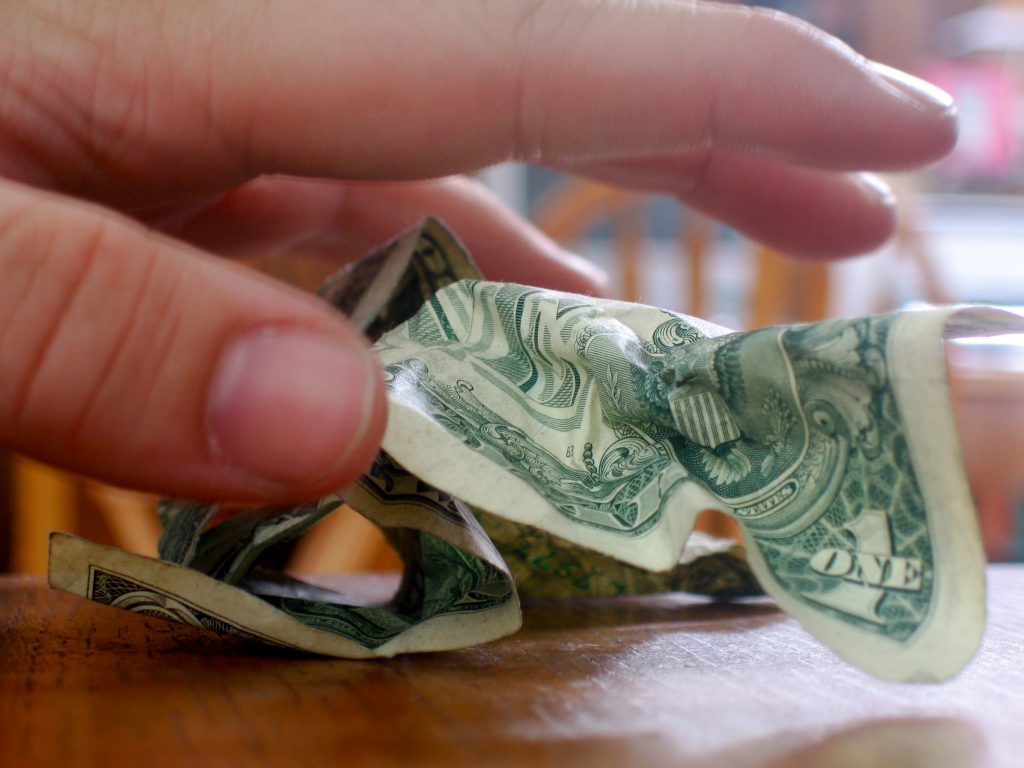 Love gone bad, broken promises and loans not written down come to a head in the following case in Jefferson Parish. In the case at hand, Mr. Palmisano and Ms. Nauman-Anderson had been romantically engaged for several months, during which time Mr. Palmisano allegedly credited Ms. Nauman-Anderson with nearly $26,000 dollars in loans. These loans were allegedly subject to an oral agreement at the time that they were advanced and no effort was made to memorialize the loans (put them in writing) until the romantic relationship between the parties had ended. Upon severing romantic ties, Mr. Palmisano provided Ms. Nauman-Anderson with a promissory note in order to commemorate their alleged agreement but Ms. Nauman-Anderson refused to sign the note, claiming that the loans were in fact gifts. In response, Mr. Palmisano brought suit for a breach of contract.
Love gone bad, broken promises and loans not written down come to a head in the following case in Jefferson Parish. In the case at hand, Mr. Palmisano and Ms. Nauman-Anderson had been romantically engaged for several months, during which time Mr. Palmisano allegedly credited Ms. Nauman-Anderson with nearly $26,000 dollars in loans. These loans were allegedly subject to an oral agreement at the time that they were advanced and no effort was made to memorialize the loans (put them in writing) until the romantic relationship between the parties had ended. Upon severing romantic ties, Mr. Palmisano provided Ms. Nauman-Anderson with a promissory note in order to commemorate their alleged agreement but Ms. Nauman-Anderson refused to sign the note, claiming that the loans were in fact gifts. In response, Mr. Palmisano brought suit for a breach of contract. Louisiana Personal Injury Lawyer Blog
Louisiana Personal Injury Lawyer Blog


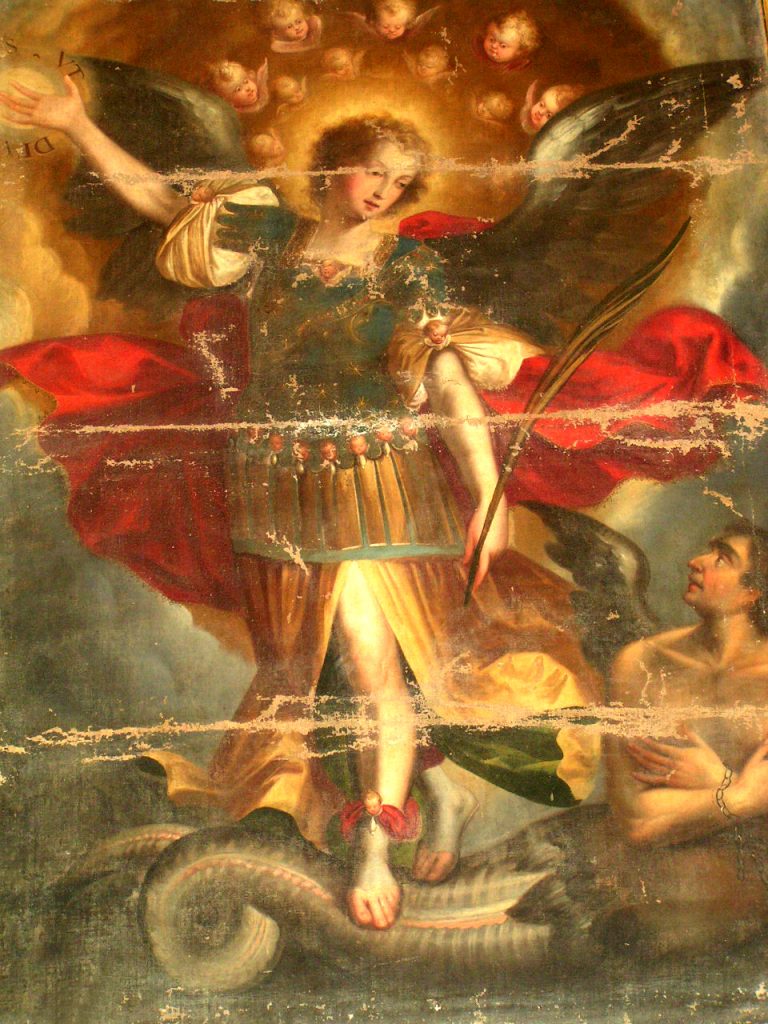 When a person feels wronged, they tend to turn to the judicial system in hopes to find a solution. An important part of making sure an appropriate solution is reached, is that both parties have a chance to plead their case. In a matter involving the sale of a painting, the defendants did not respond to a lawsuit brought against them but were still successful in having a judgment rendered against them annulled.
When a person feels wronged, they tend to turn to the judicial system in hopes to find a solution. An important part of making sure an appropriate solution is reached, is that both parties have a chance to plead their case. In a matter involving the sale of a painting, the defendants did not respond to a lawsuit brought against them but were still successful in having a judgment rendered against them annulled. Sometimes what you do – or fail to do – before filing a lawsuit, can have a big impact on the final result, as Ross Lynch of Mandeville, Louisiana recently learned. Lynch owns property on Girard Street in Mandeville. Two of his neighbors own a lot directly adjacent to his property that is used by the City of Mandeville as a public parking lot. Overgrown grass and weeds were growing along the fence that separated the two lots. Until filing a lawsuit, Lynch never mentioned this problem to the neighbors or asked them to get rid of the overgrowth, which he considered to be an “obvious nuisance.”
Sometimes what you do – or fail to do – before filing a lawsuit, can have a big impact on the final result, as Ross Lynch of Mandeville, Louisiana recently learned. Lynch owns property on Girard Street in Mandeville. Two of his neighbors own a lot directly adjacent to his property that is used by the City of Mandeville as a public parking lot. Overgrown grass and weeds were growing along the fence that separated the two lots. Until filing a lawsuit, Lynch never mentioned this problem to the neighbors or asked them to get rid of the overgrowth, which he considered to be an “obvious nuisance.”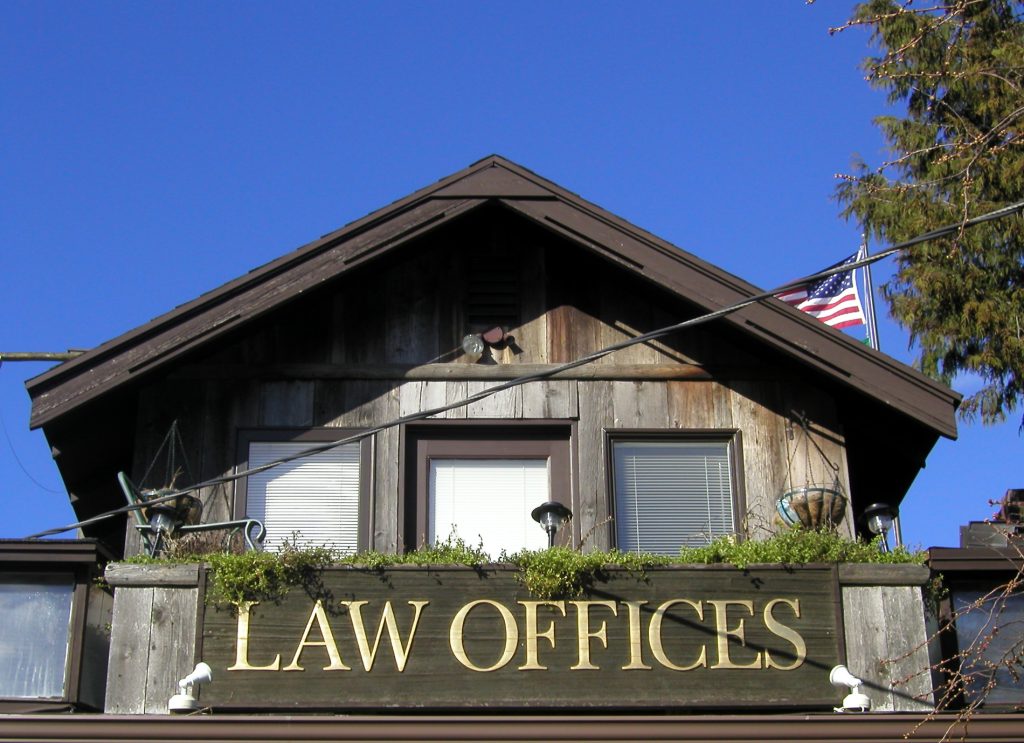 The Court of Appeals in the Second Circuit of Louisiana recently took on a “case within a case.” This phrase is used in situations of legal malpractice against an attorney’s actions. For years a standard was set for these trials that required the client of the malpracticing attorney to prove the amount of damages by going through the original case they brought to the attorney. Jenkins v St. Paul Fire & Marine Insurance Co set forth a new standard. Jenkins v. St. Paul Fire & Marine Ins. Co., 422 So. 2d 1109 – La: Supreme Court 1982.
The Court of Appeals in the Second Circuit of Louisiana recently took on a “case within a case.” This phrase is used in situations of legal malpractice against an attorney’s actions. For years a standard was set for these trials that required the client of the malpracticing attorney to prove the amount of damages by going through the original case they brought to the attorney. Jenkins v St. Paul Fire & Marine Insurance Co set forth a new standard. Jenkins v. St. Paul Fire & Marine Ins. Co., 422 So. 2d 1109 – La: Supreme Court 1982. Construction contracts can be confusing because contractors often use many subcontractors to carry out the terms of the contract. This is why when a dispute arises those involved in construction contracts need the best lawyer possible to untangle contractual provisions especially in the context of payment to subcontractors.
Construction contracts can be confusing because contractors often use many subcontractors to carry out the terms of the contract. This is why when a dispute arises those involved in construction contracts need the best lawyer possible to untangle contractual provisions especially in the context of payment to subcontractors.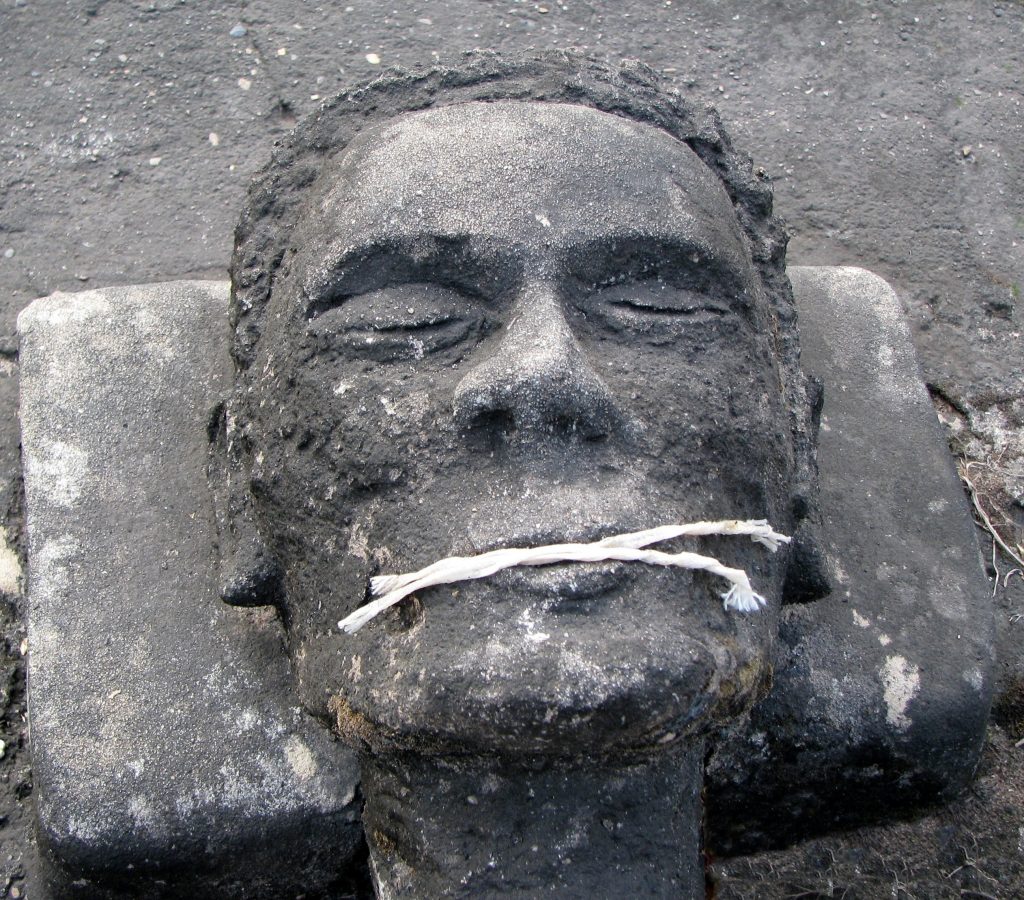 When the law is clear and unambiguous and its application does not lead to absurd consequences, then the law shall be applied as written and no further interpretation may be made in search of the intent of the legislature. If however there are multiple interpretations to a statute, the court will examine it in order to figure out what the legislative intent was behind it in hopes of clearing up any and all ambiguities. The Louisiana Fifth Circuit Court of Appeal was recently faced with the task of interpreting a statute in order to determine whether or not it was properly applied at the trial level. The particular piece of legislation at issue is Louisiana’s Code of Civl Procedure
When the law is clear and unambiguous and its application does not lead to absurd consequences, then the law shall be applied as written and no further interpretation may be made in search of the intent of the legislature. If however there are multiple interpretations to a statute, the court will examine it in order to figure out what the legislative intent was behind it in hopes of clearing up any and all ambiguities. The Louisiana Fifth Circuit Court of Appeal was recently faced with the task of interpreting a statute in order to determine whether or not it was properly applied at the trial level. The particular piece of legislation at issue is Louisiana’s Code of Civl Procedure  Medical malpractice lawsuits can be extremely tough cases involving complex areas of medicine. The best lawyers involved in medical malpractice lawsuits know that great experts are necessary to help prove their case. The following lawsuit out of Jefferson Parish shows how a medical malpractice case can be effected if the right experts are not chosen to advocate on the Plaintiff’s behalf.
Medical malpractice lawsuits can be extremely tough cases involving complex areas of medicine. The best lawyers involved in medical malpractice lawsuits know that great experts are necessary to help prove their case. The following lawsuit out of Jefferson Parish shows how a medical malpractice case can be effected if the right experts are not chosen to advocate on the Plaintiff’s behalf.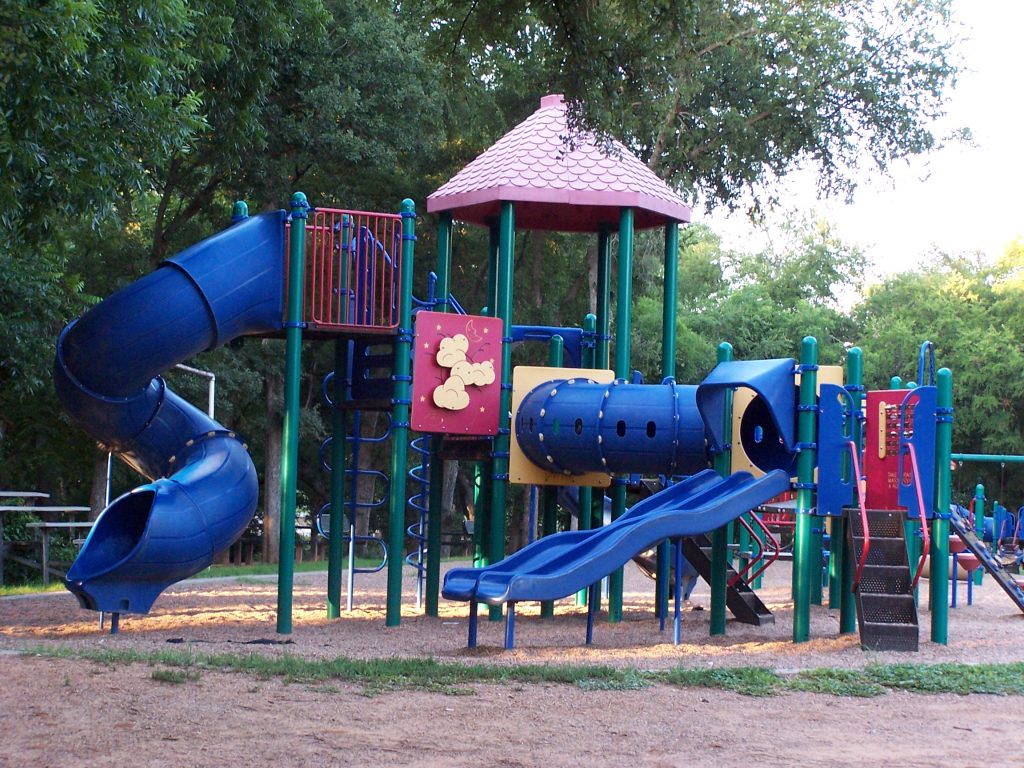 Playgrounds bring great joy to young children. Countless hours are spent sliding down slides, swinging on swings and traversing monkey bars throughout the state of Louisiana. While it might come as news to some, playground equipment has certain set standards for what age range is appropriate to play on the equipment. In a recent case involving a Baptist Church Aftercare program in Jefferson Parish these standards were discussed when unfortunately a young girl broke her arm while playing on their playground.
Playgrounds bring great joy to young children. Countless hours are spent sliding down slides, swinging on swings and traversing monkey bars throughout the state of Louisiana. While it might come as news to some, playground equipment has certain set standards for what age range is appropriate to play on the equipment. In a recent case involving a Baptist Church Aftercare program in Jefferson Parish these standards were discussed when unfortunately a young girl broke her arm while playing on their playground.
